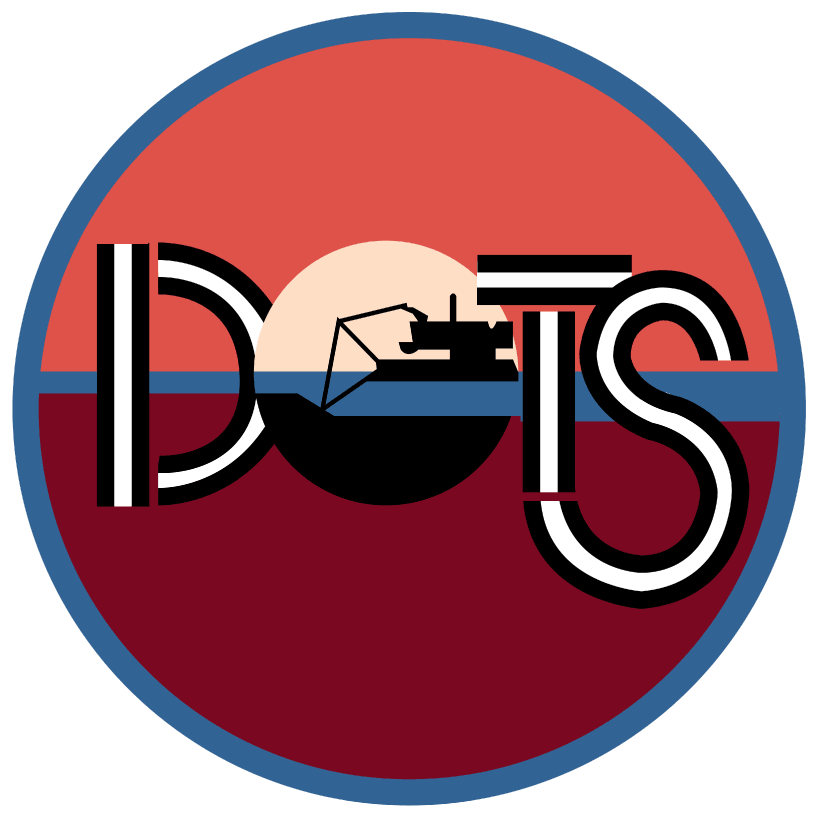Jetty Island

- Title: Jetty Island
- State: Washington
- Project type: USACE
- Greater Beneficial Use Area: Puget Sound
- Focus Area approximate center coordinates: 48.0093, -122.2274
- Nearest Federal Navigation Project: Everett Harbor and Snohomish River
- Owner: USACE Seattle District
- Beneficial Use Categories: Island Habitats, Aquatic Habitats, Construction and Industrial/Commercial Uses
- Dredge type: Hydraulic
- Status: Ongoing maintenance
- Keywords: island, dredged sediment, Puget Sound, Snohomish River, bird habitat, fish habitat
Description:
Situated near the city of Everett, Washington, at the mouth of the Snohomish River in the Puget Sound, Jetty Island has transformed from a riprap jetty in the late 1800s into a flourishing man-made island spanning 1,800 acres. Initially constructed to provide a protected harbor and navigation channel on its east side, the island has since been transformed into a significant ecological and recreational site.
The transformation of Jetty Island began in 1929 when the Port of Everett took ownership, collaborating with the US Army Corps of Engineers Seattle District (NWS) to expand the jetty using sediments dredged from the Snohomish River. This strategic placement not only enlarged the jetty but also gave rise to Jetty Island, featuring a saltmarsh, lagoon, and dunes, essential for both terrestrial and aquatic wildlife.
Since the early 1900s, around 2,624,223 cubic yards (CY) of sediment from more than 14 dredging events in the Snohomish River have enhanced Jetty Island’s ecology and infrastructure. NWS and the Port of Everett have adapted the overall project’s goals to regulatory requirements and environmental challenges, emphasizing ecosystem services.
From 1903 to 1984, NWS placed approximately 1,650,000 CY of sediment to the west of the rock jetty during maintenance dredging, with the constructed island initially intended for a marine terminal. The north portion, formed around abandoned barges, became a pocket estuary, recognized and preserved for its ecological value. The passage of the Clean Water Act in 1972 led to closer collaboration between NWS and the Port, aiming to achieve ecological benefits and avoid offshore disposal costs for dredged sediments.
In 1990, NWS and the Port addressed erosion threats in the central "waist" of Jetty Island by constructing a protective berm with 323,000 CY of sand on the western shore. This innovative approach created a shielded 19-acre lagoon, acknowledging the potential for higher ecosystem productivity with such a habitat compared to maintaining an exposed, sandy shore. Subsequent monitoring validated the lagoon's significant enhancement of habitat value for juvenile salmonids. NWS and the Port have directed multiple placement events on the beach using dredged sediment since 1998 to replenish sediment lost to long-shore erosion, including most recently in 2019 (40,000 CY), 2020 (38,507 CY), 2022 (22,716 CY), and a planned bid for 2024.
Each dredging event undergoes evaluation to ensure compliance with the environmental regulations. Agencies such as the U.S. Environmental Protection Agency, U.S. Fish and Wildlife Service, National Oceanic and Atmospheric Administration's National Marine Fisheries Service, Washington state agencies, and the Tulalip Tribe have collaborated to meet regulatory requirements, emphasizing environmental stewardship and beneficial reuse of dredged sediment.
Jetty Island's transformation from a riprap jetty to a thriving 1,800-acre man-made island is not only a testament to responsible reuse of dredged sediment but the island is also a popular summer destination. Accessible via a free ferry service operated by the City of Everett, this island is part of the Jetty Island Days program, a joint effort with the Port of Everett and Everett Parks and Community services. It attracts over 50,000 visitors annually, offering educational insights into wildlife preservation and local ecosystems. Regular maintenance dredging and adherence to environmental regulations have preserved its ecological balance, making it home to diverse wildlife including juvenile salmon, waterfowl, Dungeness crab, and bald eagles. Jetty Island stands as a symbol of successful multi-agency collaboration, balancing wildlife habitat enhancement with the cost-effective reuse of dredged sediment for the benefit of future generations.
Further readings:
- Jones & Stokes Associates, Inc. (1984). Feasibility Study for Habitat Development Using Dredged Material at Jetty Island, Everett, Washington. Prepared for USACE Seattle District. July.
- Morang A, Frey AE. (2014). Everett Harbor and Jetty Island, Puget Sound, Washington. Shore & Beach. 82(1):47–51. Available to order at asbpa.org.
- Murphy TW. (2008). Brief Summary of Jetty Island History. Edmonds College. May 6.
- U.S. Environmental Protection Agency, USACE Seattle District. (2007). Case Study: Jetty Island, Puget Sound. EPA842-F-07-001B. October.
- USACE Seattle District. (2018). Final Environmental Assessment and Clean Water Act, Section 404 Public Interest Review: Snohomish River Federal Navigation Channel Maintenance Dredging and Disposal FY 2019 - FY 2034, Everett, Washington. August.
Website links:
- Port of Everett. (2023). Jetty Island.
- Port of Everett. (2023). Jetty Island. Everett Waterfront Historical Interpretive Program.
- Department of Ecology State of Washington Shoreline Photo Viewer. (2023). Accessed 8 December 2023.
Videos and Live Webcam:
Jetty Island Days YouTube, Uploaded by City of Everett, 26 October 2011.
Jetty Island. YouTube, Uploaded by JMe Photo LLC, 2 August 2022.
Jetty Island – Everett, WA. YouTube, Uploaded by Janice Francisco, 23 October 2017.
News releases:
- USACE, Port of Everett. (2017). Notice: U.S. Army Corps of Engineers Maintenance Dredging of Everett Harbor & Snohomish River to Begin November 18 Thru Mid-January. November 17.
- USACE, Port of Everett. (2019). Army Corps Dredging Everett Harbor, Snohomish River. October 16.

